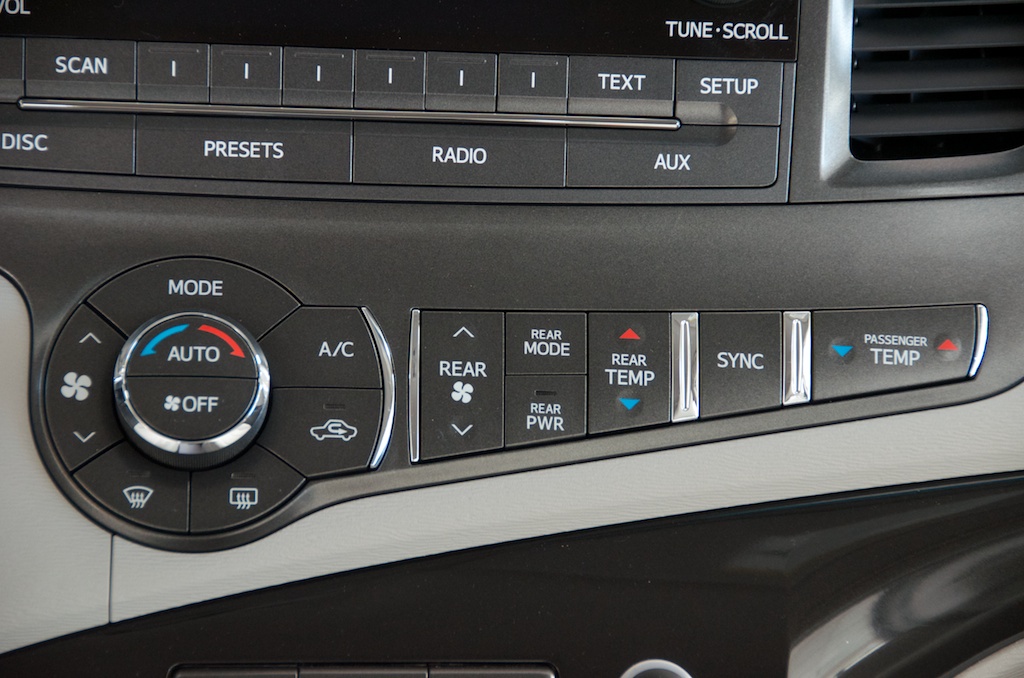That first day when the world is coated in frost and the temperature has plummeted below freezing is not the time to find out your wheelchair vans heater is not working. Not only would the inside of your car feel like an ice box, but a broken heater can prevent your defroster from blowing warm air to your windshield to eliminate ice and fog, which can pose a hazard while driving. Not having a working heater could even become a dire situation, if you ever end up stranded.
That is why we recommend that you turn your car heater on long before you really need the heat. If your heater doesn’t respond with a warm blast of air, call and schedule an appointment today.
Causes of a breakdown
Your mobility van heater could stop working for a number of reasons, including:
- A low antifreeze/water level in the radiator due to a leak in the cooling system.
- A bad thermostat that isn’t allowing the engine to properly warm up.
- A blower fan that isn’t working properly.
- Coolant that contains rust particles or becomes otherwise contaminated and is blocking the heating core from circulating air into the cabin properly.
Depending on the problem, different types of repairs could be required. There really isn’t a heater unit, like a furnace in your house, that you can just replace. It is a combination of different things that provide heat into the vehicle. It’s very difficult to give a cost due to the wide variety of possible problems without inspecting the vehicle first.
One of the most important components, the heater core, which acts like a small radiator, passes the hot air from under the dashboard into the handicapped accessible vehicle. They can cost several hundred dollars to replace and sometimes takes a day or more to repair.
A decrease in the coolant level or a leak in the coolant system is one of the more common problems. Coolant doesn’t evaporate on its own. Topping it off may help in the short term, but it’s an indication of a deeper problem and should be checked out. You shouldn’t have to add anything at all if everything is working well. It can damage the motor if there is low heat from too little coolant.
A leak could be as simple as a loose hose clamp, or a major problem like a leaking engine cylinder head gasket, which can cause serious damage to the engine and cost several hundred dollars to replace.
Maintenance can prevent breakdowns
Several components make up the heating system, so unless you have experience with wheelchair accessible vehicle maintenance, it’s best to have a us diagnose the problem.
In general terms, a heating system works when the vehicle receives heat from the engine’s coolant system. Once the engine reaches its operating temperature — controlled by the thermostat — it heats up the coolant and water mixture, passes it through hoses and valves and into the heating core, which resembles a miniature radiator. A blower fan then pushes the warm air from the heating core through the cabin filter and into the vehicle.
The No. 1 tip is to have a mechanic asses your heater regularly by having a mechanic checking the coolant level and the other components. However, the coolant in newer vehicles may not need service until 60,000 to 100,000 miles, and heating problems usually don’t occur on newer vehicles.


